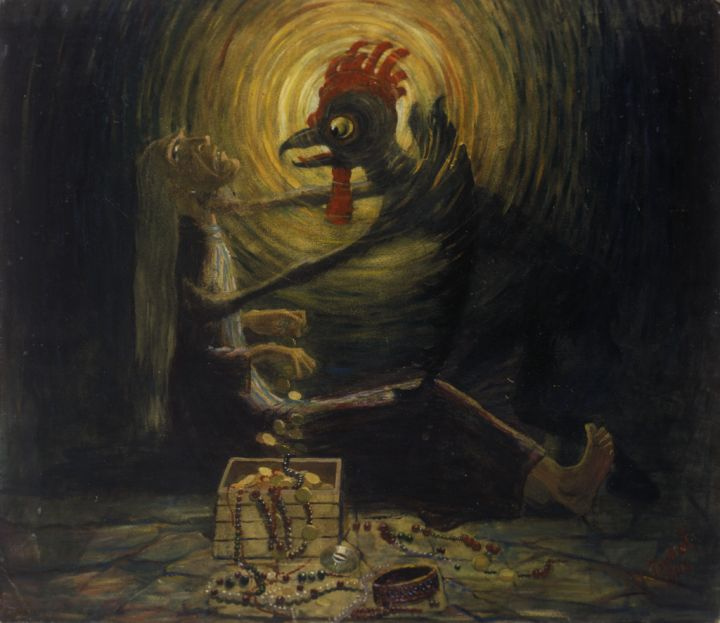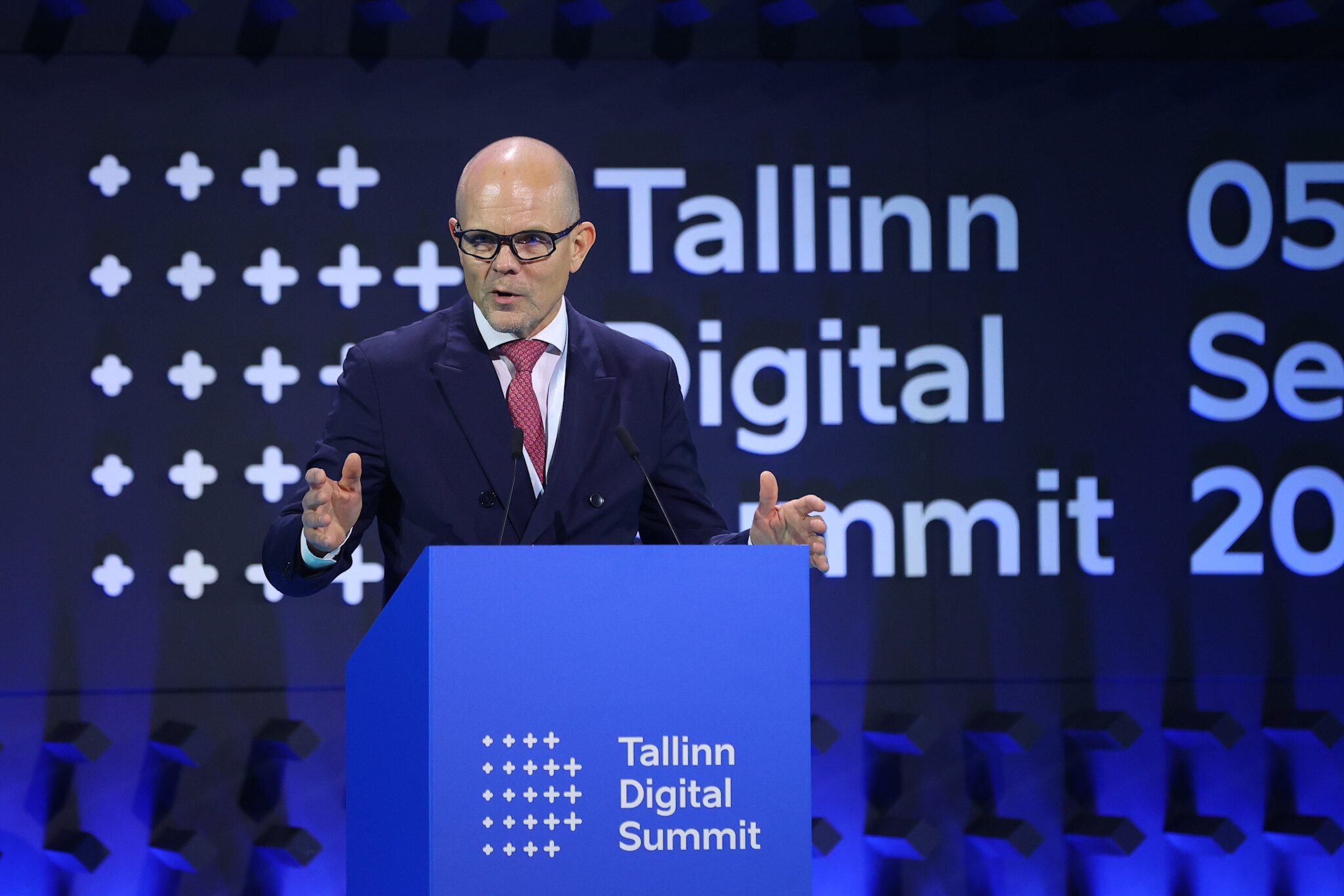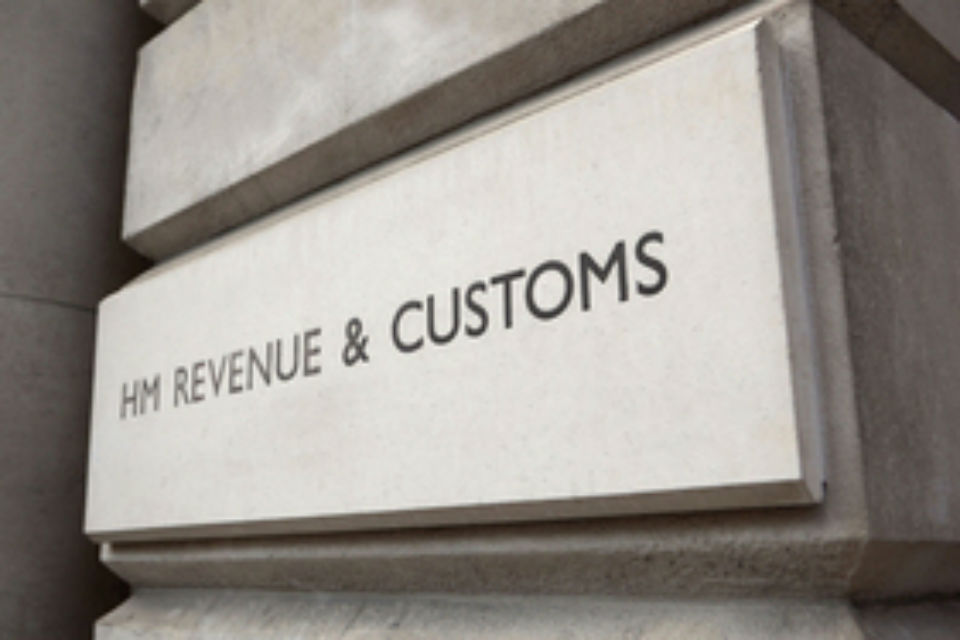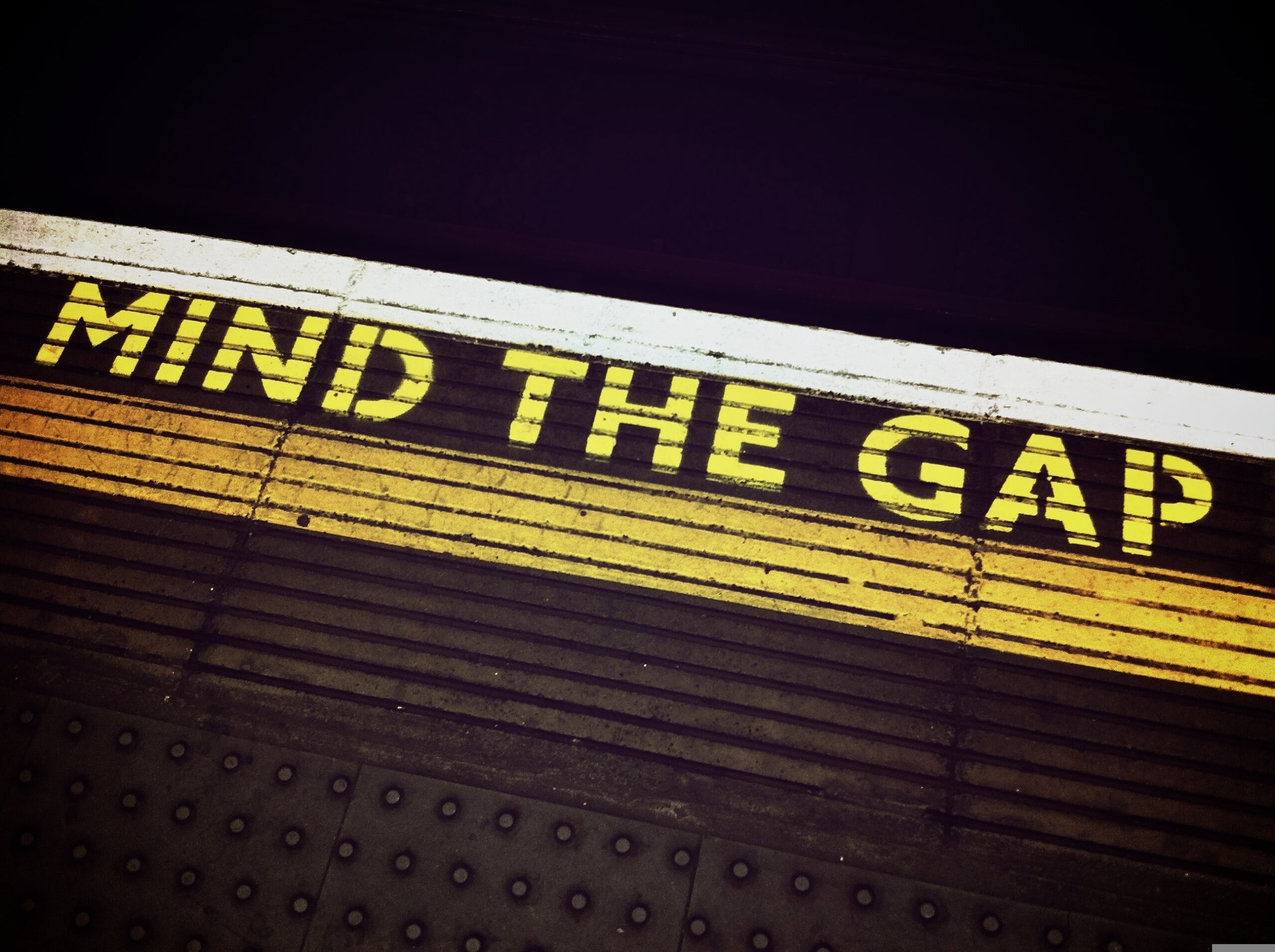Having long been renowned for digitisation in public life, the Estonian government remains committed to innovation and new technology, economic affairs minister Tiit Rissalo explains in this piece for PublicTechnology
In the early 90s, with the arrival of the world wide web, there was a clear upheaval. It wasn’t clear exactly what it was – what the potential of a global network was – but the intuition told us it was going to be something big. It was just so different from anything before.
At the start of the journey, it is impossible to see where it will lead. At the beginning of the 20th century, the industrial revolution was made possible by electricity.
Did anyone imagine, when they saw the first electric sparks, that fifty or a hundred years later, electricity would become the world’s bloodstream? Probably not.
But if you were to pull the plug now, the whole economy would grind to a halt.
At the beginning of the 21st century, the world is connected, and just as with electricity, the digital industrial revolution has made its fruits – such as the internet, servers or smart devices – indispensable.
As our digital environment continues to evolve at a rapid pace, we are on the verge of a new revolution. The age of artificial intelligence is not far away; it is unfolding before us and reshaping the world in ways that are both imperceptible and profound.
“In an era where authoritarianism is gaining ground globally, populist movements are challenging fundamental freedoms, and societies are becoming increasingly polarised, and in times when it is more and more challenging to distinguish falsehood and truth – let’s utilise AI in the right way to reverse those negative trends.”
Tiit Riisalo, Estonian minister of economic affairs and information technology
The previous sentence, by the way, is of the AI’s own making. Perhaps everything written here is the creation of artificial intelligence? It may or may not be, but the reader must somehow be able to distinguish between AI and human creation.
Yet these are just the first, and still simple, questions about whether a text, image or video is real. Inevitably, as technology develops, new problems and questions arise. Is AI capable of doing something that it was not originally designed to do? Can we trust and depend on it in the same way that we trust and depend on electricity and the internet? The big challenge for policymakers in this decade is to find answers to these questions. New rules and structures need to be put in place around AI so that the technology will be understood, transparent, secure, and trusted by all.
Horror stories or fairytales?
Of course, it’s easy to describe everything new and unknown as dystopian, to tell horror stories. It is much more difficult to find the right balance. The Tallinn Digital Summit, launched during Estonia’s EU Presidency, now in its sixth year, will focus on digital transformation in partnership with the private sector, bringing together the world’s top politicians, entrepreneurs, opinion leaders and the tech community. Technology and democracy as the overarching theme this year, is a key area also in the debates around the AI.
The rapid evolution of emerging technologies has raised the question whether democratic decision-making, that at times can be slower and more unpredictable, can adequately govern modern technologies? The age of AI requires a new breed of policymakers who are aware of the risks of technological progress, but who are not too eager to impose new constraints on the potential benefits that AI can bring to humans.
Forecasts of AI’s economic potential vary.
It is generally estimated that AI will account for around 15% of global GDP by 2030. The economy will become smarter, more personalised, faster, more powerful. Where will this come from? For example, if the washing machine hadn’t saved us from the hassle of hand-washing, we’d still be wasting precious hours scrubbing clothes.

So, we could welcome the coming of artificial intelligence as a liberation from tedious tasks, as all complex and time-consuming processes become simpler. For example, in the public sector of the future, there will be no more nerve-wracking hours spent on bureaucracy and endless paperwork – the computer will do the preparation, the human will just press a button and approve the process.
Estonia is on the brink of such a digital revolution. This government’s big project is a personalised state, which means streamlining digital public services to make interacting with the state simple, logical and fit for the second half of the 21st century. Integrating artificial intelligence into public services is an essential part of the architecture of the personalised state.
Why is Estonia so profoundly committed to digitalisation?
The answer is clear: it not only boosts our productivity and efficiency but also brings the government closer to its people. Estonian e-services are a cornerstone for constructing an open, digital, intelligent, and all-inclusive society. Our governance is firmly grounded in values of transparency, inclusivity, active engagement, and data-driven decision-making.
Recently, I had the privilege of showcasing our exemplary e-governance model in Tallinn, our capital city, during the Open Government Partnership Global Summit. This gathering brought together over 2,000 trailblazers from nearly 130 countries. The Open Government Partnership, launched by former US president Barack Obama more than a decade ago, holds paramount importance in an era where authoritarianism is gaining ground globally, populist movements are challenging fundamental freedoms, and societies are becoming increasingly polarized, in times when it is more and more challenging to distinguish falsehood and truth. Let’s utilise AI in the right way to reverse those negative trends.
Good foundations
All the prerequisites are in place for Estonia to successfully implement artificial intelligence. A strong and centralised digital economy is a good foundation on which to further build the next layers. As most government services are already digital and citizens are used to using them, the digital ecosystem and data are in place to automate processes with the AI in the future.
A necessary prerequisite for the next digital turnaround is also an environment that supports Estonia’s digital state: a technologically savvy and digitally literate society, first-class cybersecurity, joint public-private experience in developing digital solutions, a flexible and change-supportive regulatory environment, a good ICT infrastructure and a strong education system. Estonia’s Artificial Intelligence Development Plan – the ‘Kratt Strategy’ as it is called in Estonia – also recognises the ethical and legal aspects, education and research needed for the development of AI.

Kratt is a practical application based on AI technologies, named after a character in Estonian folklore, that is seen as a metaphor for simplify communication. Once small-scale experiments with Kratt are becoming increasingly ambitious, and soon these bold ideas will bear fruit. Estonia is already testing the use of Kratt to find the right answer from the legislation, to quickly guide a person lost in the state systems on the right track, and to automate the tiny Estonian language of just over a million speakers in digital systems.
Artificial intelligence is part of the next chapter in Estonia’s digital story. By approaching the new technology wisely and responsibly, we have the opportunity to unlock the full potential of AI and pave the way for our fellow citizens around the world to join us in the next industrial revolution.
Tiit Riisalo (pictured top) is Estonian minister of economic affairs and information technology. In 2016–2021, he was the director of the Office of the President of the Republic. Additionally, he has previously held positions on the supervisory boards of Estonian Railways, the Port of Tallinn, and Tallinn Airport, and also served as a commissioner for the Shanghai EXPO of Enterprise Estonia.




